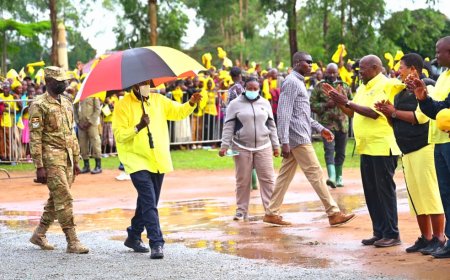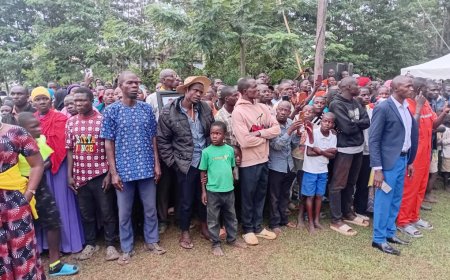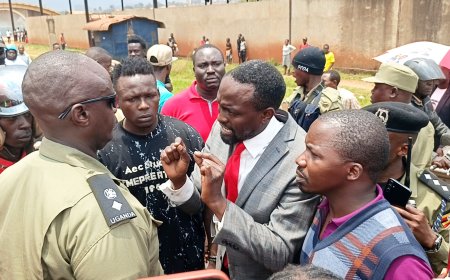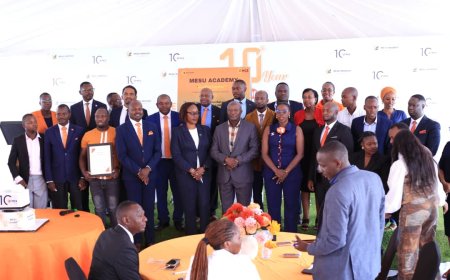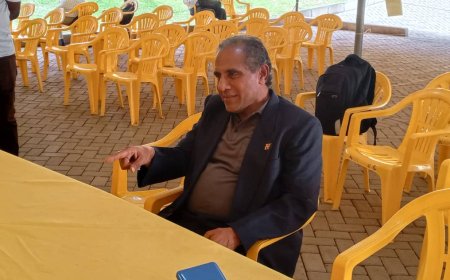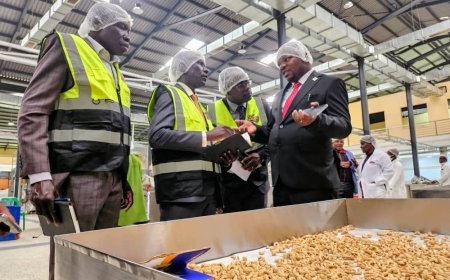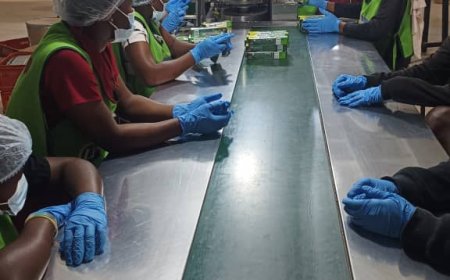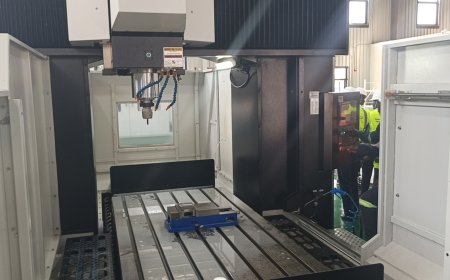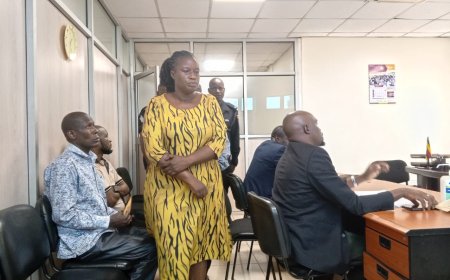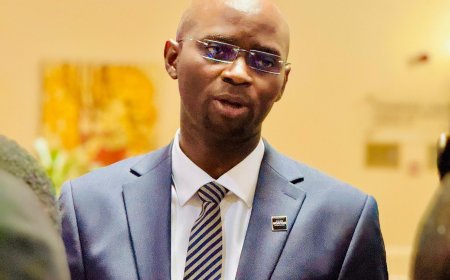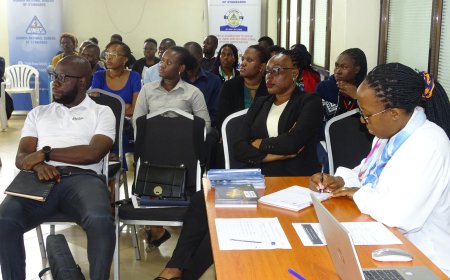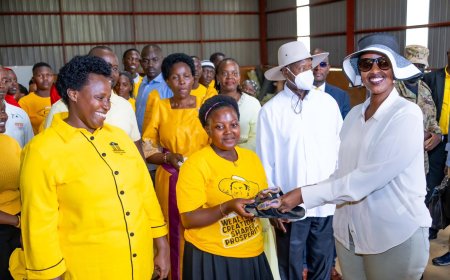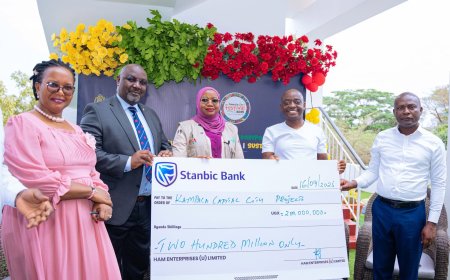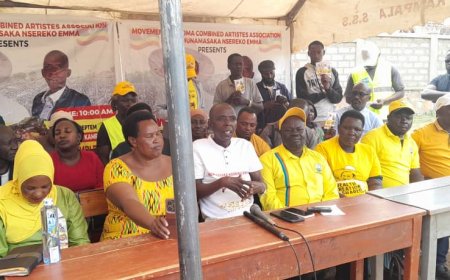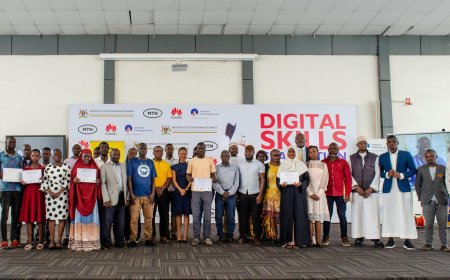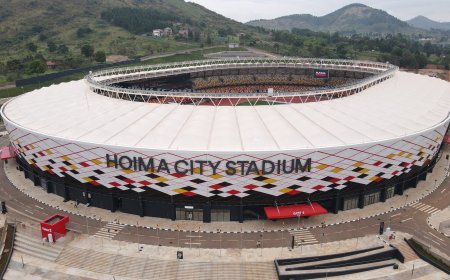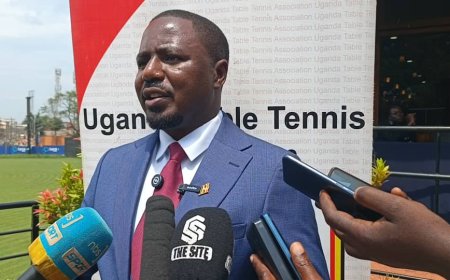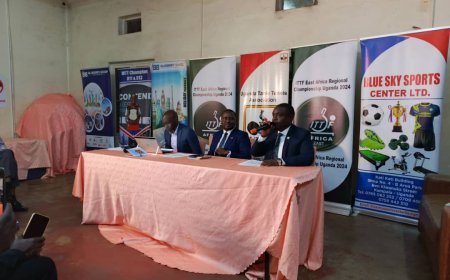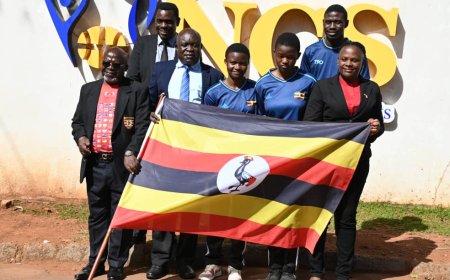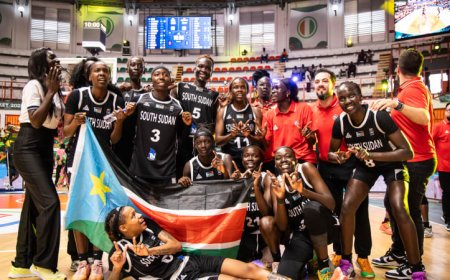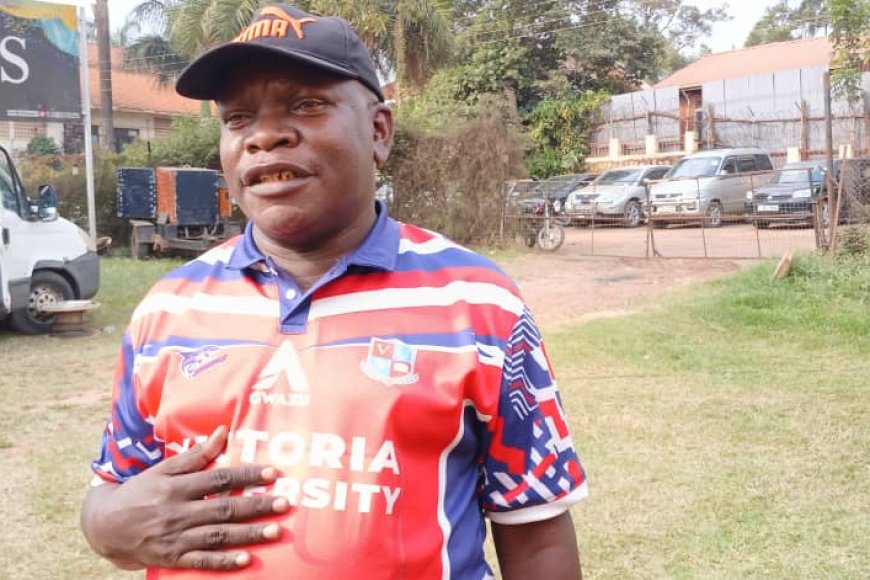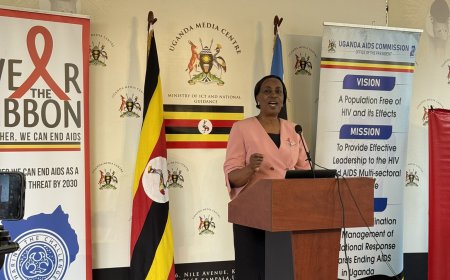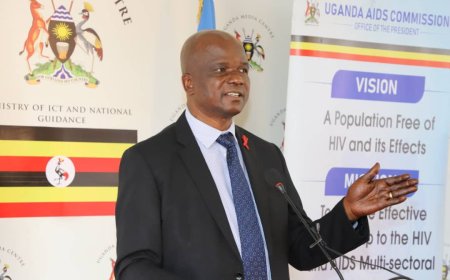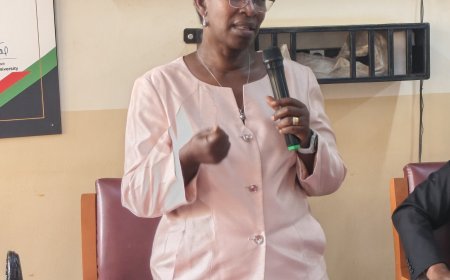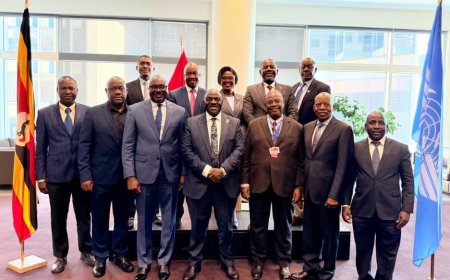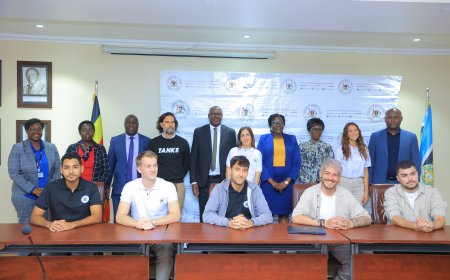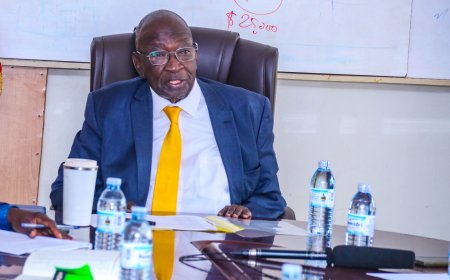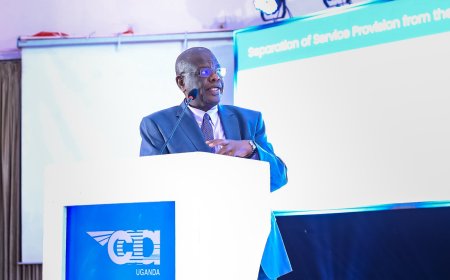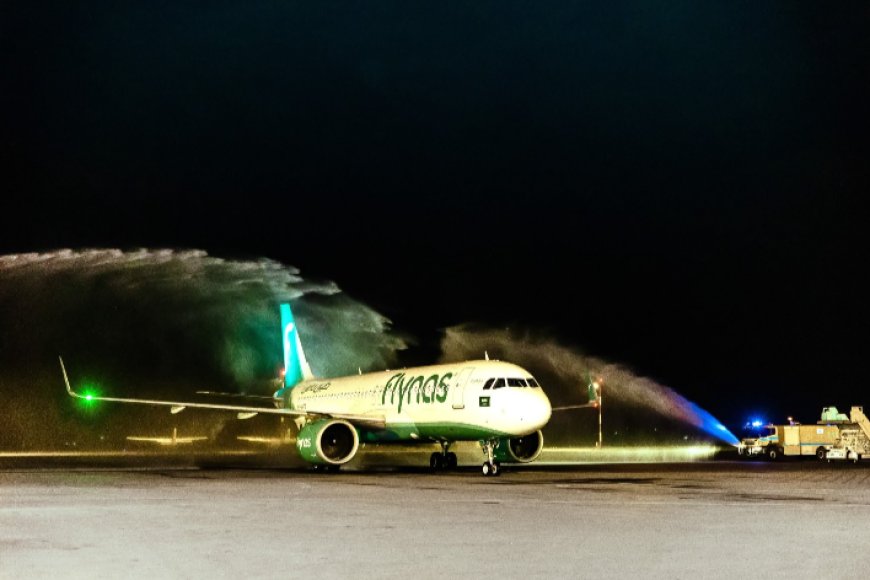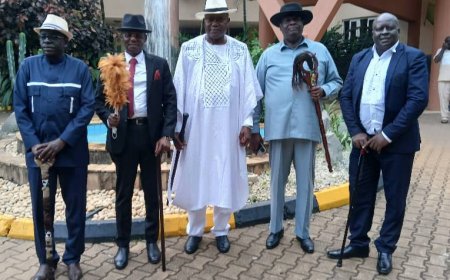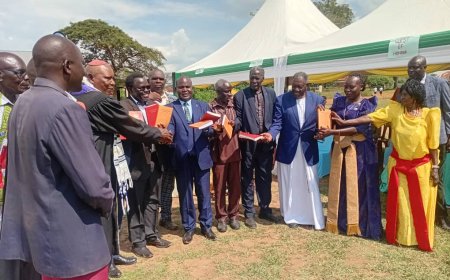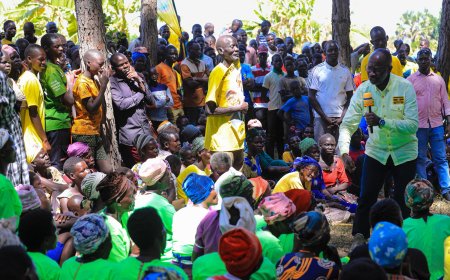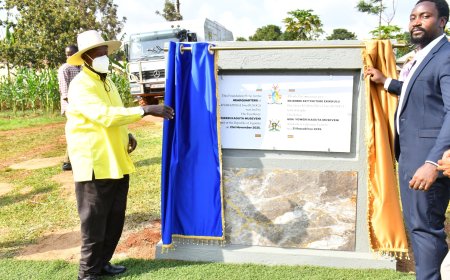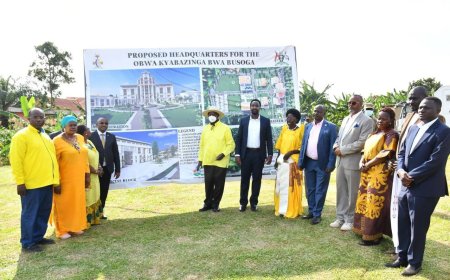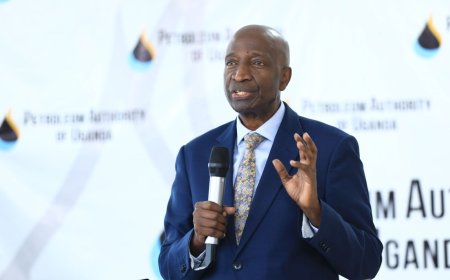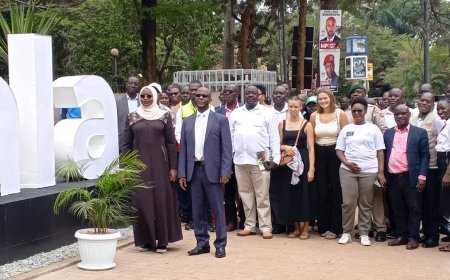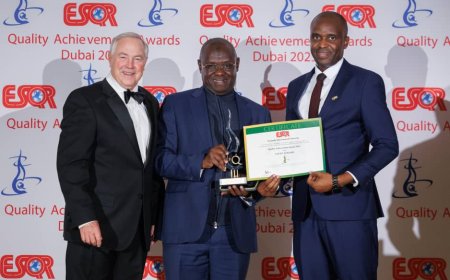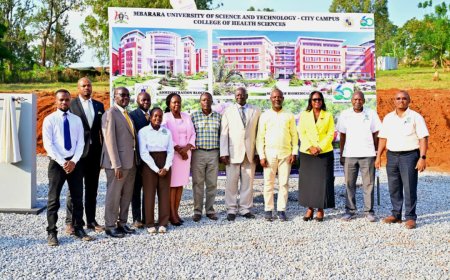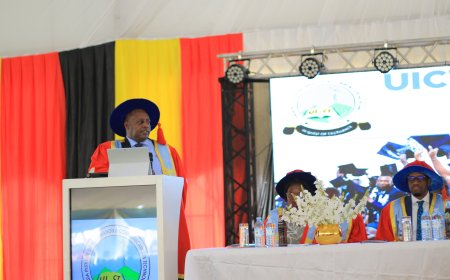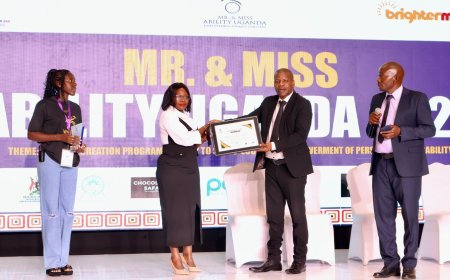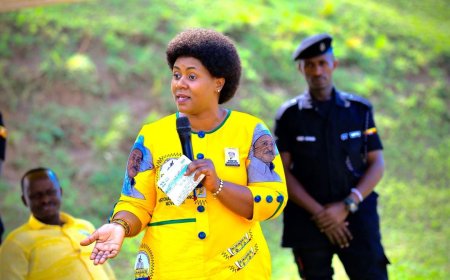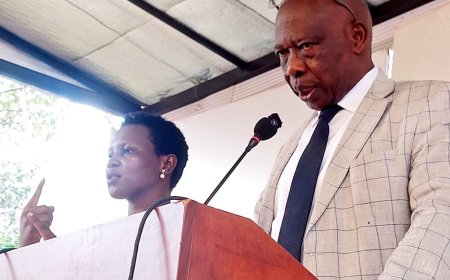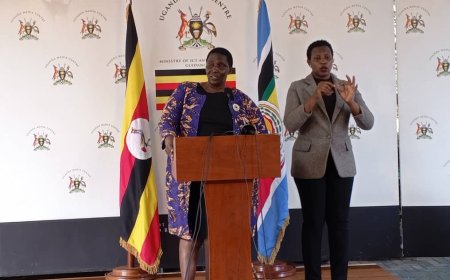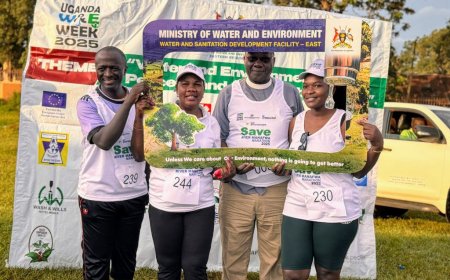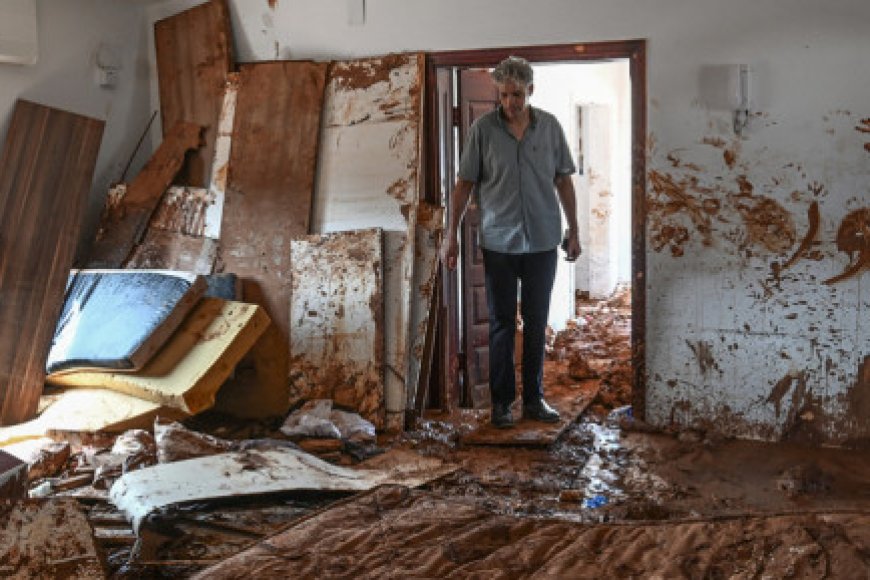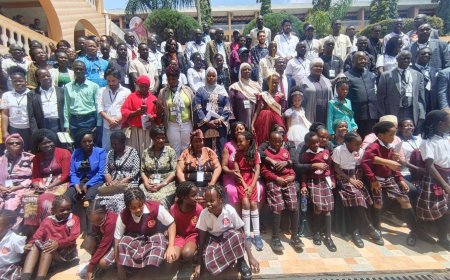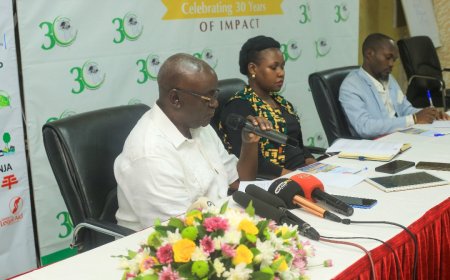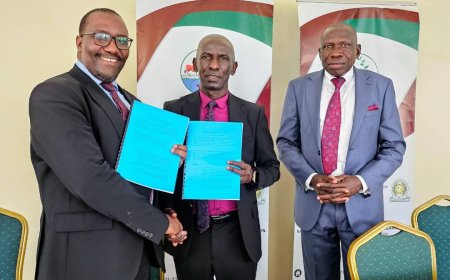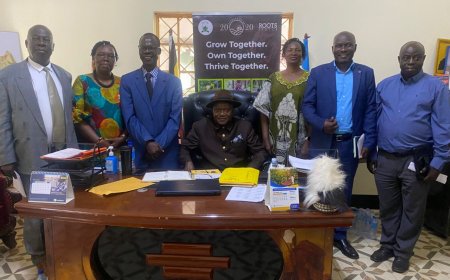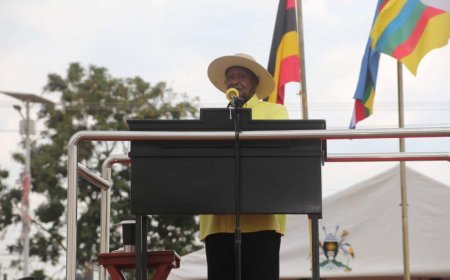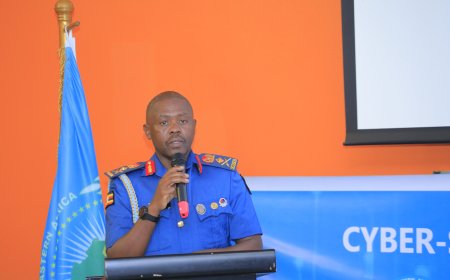Kagera River Water Project Completed: Major Boost for Mbarara’s Water Supply
The announcement was made on Tuesday, when Engineer Dennis Muramuzi, the General Manager of NWSC Mbarara, confirmed that water from the Kagera River had successfully reached the Boma reservoirs in Mbarara at exactly 9:50 a.m. This achievement comes after years of planning, construction, and testing aimed at ensuring the reliability of water supply to Mbarara and its neighboring districts.

The National Water and Sewerage Corporation (NWSC) has officially announced the completion of the long-awaited Kagera River Water Project, marking a major milestone in Uganda’s ongoing efforts to strengthen water supply infrastructure in the western region.
The announcement was made on Tuesday, when Engineer Dennis Muramuzi, the General Manager of NWSC Mbarara, confirmed that water from the Kagera River had successfully reached the Boma reservoirs in Mbarara at exactly 9:50 a.m. This achievement comes after years of planning, construction, and testing aimed at ensuring the reliability of water supply to Mbarara and its neighboring districts.
“This milestone represents a major step forward in enhancing the region’s water supply infrastructure and improving access to clean water for the communities of Mbarara and the surrounding areas,” Muramuzi said, commending the collaborative efforts of all teams, partners, and government agencies involved in the project.
A Lifeline for Western Uganda
The Kagera River Water Project, initiated on July 1, 2017, was conceived as a long-term solution to persistent water shortages caused by the diminishing capacity of the River Rwizi, which has been heavily affected by climate change, deforestation, and human encroachment.
Currently, River Rwizi supplies approximately 18 million liters of water per day, which has proved inadequate to meet the growing demand from Mbarara City and the rapidly expanding surrounding areas. The newly completed Kagera system is expected to supplement an additional 12 million liters daily, raising the total supply capacity to about 30 million liters per day.
This increased capacity is projected to benefit more than 500,000 people across Mbarara, Isingiro, and Kiruhura districts, significantly improving household access to safe and reliable water.
A 60-Kilometer Engineering Feat
The project includes a 60-kilometer transmission pipeline stretching from the Kagera River intake point, located near the Uganda–Tanzania border, all the way to the Boma reservoirs in Mbarara City. Construction of this stretch began in 2022, employing advanced water treatment and transmission technologies designed to withstand the region’s varied terrain and climatic conditions.
Funded through a €68 million (approximately UGX 8 billion) loan from the French Development Agency (AFD), the Kagera River Water Project is one of the most significant international collaborations in Uganda’s water sector.
Communities Celebrate Renewed Hope
The news of completion has been met with relief and excitement among residents of Mbarara City, especially in areas such as Katete, Kakoba, Kakyeeka, and Ntare, which have long struggled with irregular water supply.
“This project has brought hope to our people,” said one resident of Kakoba. “We have endured water shortages for years, but now, with water coming from Kagera, life will improve.”
A Symbol of Government Commitment
The successful delivery of water from Kagera River underscores the Ugandan government’s commitment to addressing the water crisis and supporting sustainable development. It also aligns with NWSC’s vision of ensuring universal access to safe and affordable water across Uganda.
Eng. Muramuzi extended heartfelt appreciation to all the technical teams, local authorities, and international partners who contributed to the project’s success. “We extend our sincere appreciation to all teams, partners, and stakeholders whose dedication and collaboration have made this accomplishment possible,” he said.
With water now flowing from Kagera to the Mbarara reservoirs, NWSC will shift its focus to stabilizing supply, expanding distribution networks, and ensuring that all households and institutions in the region are connected.
The project stands as a landmark achievement in Uganda’s infrastructure development, reflecting how strategic investments in water systems can transform communities, improve health outcomes, and drive economic growth.
